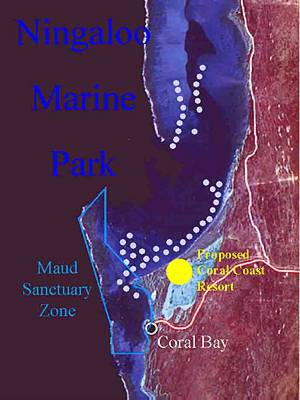
Manta rays � aggregating to feed and mate, use the area directly in front of the proposed resort for much of the year.
Mantas are known to be affected by the presence of power boats
See the "Odysee" encounter with mantas.
Mantas
 |
Manta rays � aggregating to feed and mate, use the area directly in front of the proposed resort for much of the year. Mantas are known to be affected by the presence of power boats See the "Odysee" encounter with mantas. |
Manta birostris is the only species of its genus. It can grow up to 4.8 metres in length and 6.8 metres across with a weight of up to 2000 kg. Its food is mainly plankton, shrimp and small fish ingested by filtering with its gills
Manta rays bear live young of more than 5 kg and 1.2 m across. There is no regular breeding season.
"Very little is known about these spectacular animals and only a small number of scientific studies have been conducted on this species. Almost nothing is known about their population ecology, use of critical habitats, movements or reproduction.
Critical habitats are those areas of the world where a unique set of conditions (food availability, safe breeding or birthing, release from extreme environmental conditions) exist that support the life cycles of a species or group of species. These habitats may be a single site, or several distant locations linked by migrations, such as the subpolar feeding grounds and tropical/temperate birthing grounds known for several large whale species. The loss or disruption of critical habitats or the migratory corridors that connect them can have devastating effects on animal populations.
Because of their large size and utilization of small food items, manta populations are numerically small. Moreover, their low birthrate and small litter size leave them highly vulnerable to changes in habitat and food supply. Coupled with threats from human fisheries, local manta ray populations could decline to low levels in very short periods of time. Their decline in the Sea of Cortez appears to have occurred in less than a decade."
Dr. Bob Rubin, Department of Biology, Santa Rosa Jr. College, 1501 Mendocino Ave., Santa Rosa, CA, USA 95401,